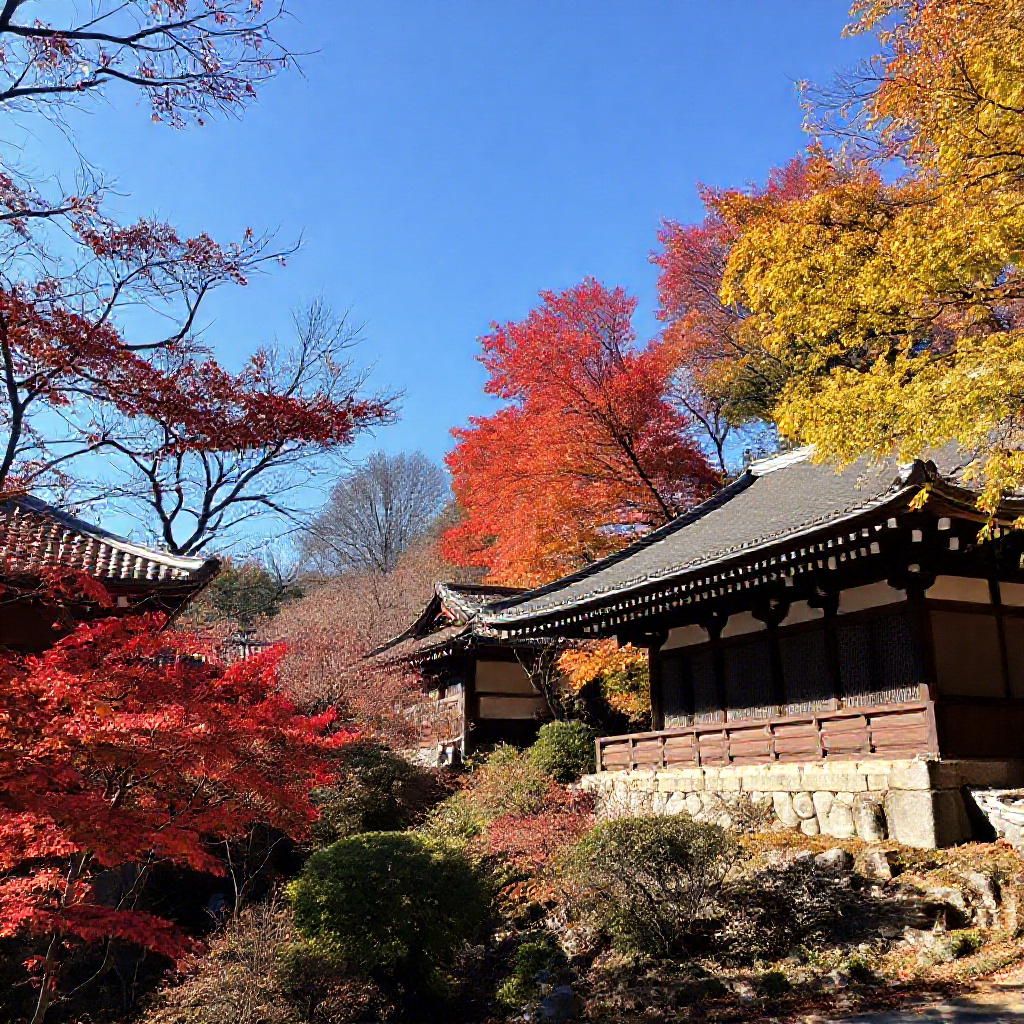Introduction
Kyoto in autumn is a sight to behold. As the leaves change color, the city transforms into a breathtaking landscape of reds, oranges, and yellows. This blog post recounts my unforgettable journey to Kyoto during this magical season, where every corner of the city seemed to glow with the warmth of autumn hues. Join me as I revisit the moments that made this trip truly special.
Table of Contents
- Exploring Kyoto’s Iconic Autumn Spots
- Discovering the Beauty of Kiyomizu-dera Temple
- Walking Through the Arashiyama Bamboo Grove
- The Serenity of Tofuku-ji Temple’s Autumn Gardens
- The Cultural Experiences that Made the Trip Unique
- Participating in a Traditional Tea Ceremony
- Savoring Kyoto’s Seasonal Cuisine
- The Art of Ikebana: Learning the Japanese Flower Arrangement
- Capturing Kyoto’s Autumn Beauty
- Photography Tips for Capturing the Perfect Autumn Shot
- Best Times and Places to See Kyoto’s Autumn Leaves
- Preserving Memories: Creating a Travel Scrapbook
1. Exploring Kyoto’s Iconic Autumn Spots
Discovering the Beauty of Kiyomizu-dera Temple
Kiyomizu-dera Temple is one of Kyoto’s most famous landmarks, and in autumn, it becomes a true masterpiece of natural beauty. As I walked through the temple grounds, the vibrant red and orange leaves framed the ancient wooden structures, creating a picture-perfect scene. The panoramic view from the temple’s terrace, overlooking a sea of colorful foliage, was absolutely mesmerizing.
Walking Through the Arashiyama Bamboo Grove
Arashiyama is known for its enchanting bamboo forest, but in autumn, the surrounding mountains come alive with vibrant hues. The contrast between the tall green bamboo and the fiery red maple leaves is a sight I will never forget. A peaceful stroll through this area felt like stepping into another world, where nature’s beauty was on full display.
The Serenity of Tofuku-ji Temple’s Autumn Gardens
Tofuku-ji Temple is another must-visit spot in Kyoto during the autumn season. The temple’s gardens are renowned for their autumn foliage, especially the Tsutenkyo Bridge, which offers stunning views of the maple trees below. The peaceful atmosphere, combined with the explosion of colors, made this one of my favorite experiences in Kyoto.
2. The Cultural Experiences that Made the Trip Unique
Participating in a Traditional Tea Ceremony
No trip to Kyoto would be complete without experiencing a traditional tea ceremony. I had the opportunity to participate in one during my visit, and it was a moment of calm and reflection amidst the autumn beauty. The ceremony, with its precise movements and attention to detail, felt like a meditation, perfectly complementing the serene surroundings of Kyoto in fall.
Savoring Kyoto’s Seasonal Cuisine
Kyoto’s culinary scene is deeply connected to the changing seasons, and autumn is no exception. I indulged in kaiseki, a traditional multi-course meal that featured seasonal ingredients such as matsutake mushrooms and chestnuts. Each dish was a work of art, reflecting the colors and flavors of autumn, and it was an experience that truly deepened my appreciation for Kyoto’s rich culture.
The Art of Ikebana: Learning the Japanese Flower Arrangement
During my stay, I also had the chance to learn about ikebana, the Japanese art of flower arrangement. The simplicity and elegance of this art form resonated with the autumn season, as the arrangements often incorporated seasonal elements like colorful leaves and branches. It was a creative and introspective activity that added a unique touch to my Kyoto adventure.
3. Capturing Kyoto’s Autumn Beauty
Photography Tips for Capturing the Perfect Autumn Shot
Kyoto’s autumn scenery is a photographer’s dream, and I was eager to capture its beauty. I found that early mornings and late afternoons offered the best lighting for photos, casting a warm, golden glow over the leaves. Using a polarizing filter helped enhance the vibrant colors, while a wide-angle lens allowed me to capture the expansive landscapes.
Best Times and Places to See Kyoto’s Autumn Leaves
Timing is key when it comes to witnessing Kyoto’s autumn leaves at their peak. Mid to late November is usually the best time to visit, but this can vary depending on the weather. Some of the top spots to see the foliage include Kiyomizu-dera, Tofuku-ji, and the Philosopher’s Path. Each location offers a unique perspective on Kyoto’s autumn charm, making it worth exploring multiple spots.
Preserving Memories: Creating a Travel Scrapbook
To keep the memories of this trip alive, I decided to create a travel scrapbook. I collected leaves, postcards, and other mementos from my journey and arranged them alongside my favorite photos. This creative project not only helped me relive the experience but also allowed me to share the beauty of Kyoto’s autumn with friends and family.
Q&A
Q: What makes Kyoto a special destination in autumn?
A: Kyoto’s rich cultural heritage combined with the stunning natural beauty of the autumn foliage makes it a unique and unforgettable destination during this season. The city’s temples, gardens, and historic sites are even more enchanting when framed by the vibrant colors of fall.
Q: When is the best time to visit Kyoto for autumn leaves?
A: The best time to visit Kyoto for autumn leaves is usually from mid to late November, although this can vary depending on the year’s weather patterns.
Q: Are there any hidden spots to see autumn leaves in Kyoto?
A: While famous spots like Kiyomizu-dera and Arashiyama are must-sees, there are also lesser-known places like Komyo-ji Temple and Yoshiminedera that offer equally stunning autumn views with fewer crowds.
Conclusion
My trip to Kyoto in autumn was a journey filled with unforgettable moments, from the stunning natural beauty of the changing leaves to the rich cultural experiences that deepened my connection to this historic city. Kyoto in autumn is a truly magical place, and I hope to return one day to relive the wonder of this beautiful season.



コメント